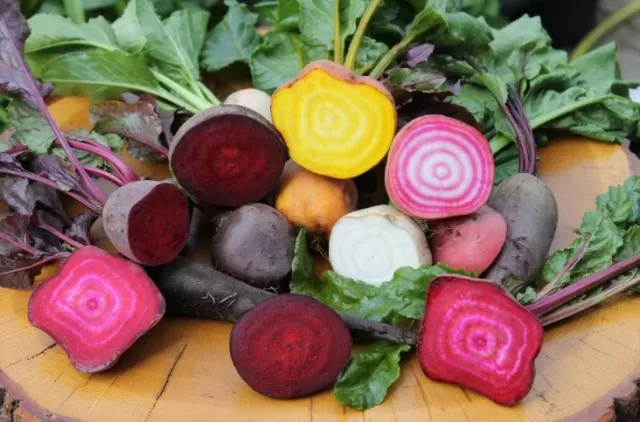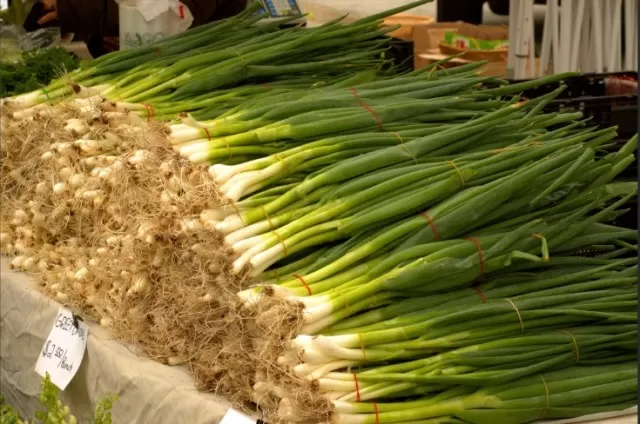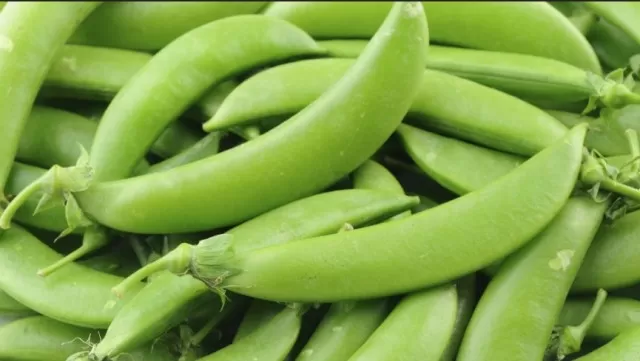Cold-Resilient Fall Garden Vegetables for Thriving Crops. Enhance the beauty and productivity of your garden while extending its growing season by introducing a variety of cool-season vegetables. These resilient plants not only thrive in colder temperatures but often perform even better during the chilly months than in the heat of summer. In addition, they are less susceptible to pest damage. If you’re eager to keep your Vegetable Garden thriving as the mercury drops, consider planting some of the following fall vegetables endorsed by gardening expertsBy introducing these cool-season vegetables into your garden, you can enjoy a vibrant and productive outdoor space throughout the autumn and winter while savoring the unique flavors and textures they bring to your table.
Thriving in the Chill: The Versatile and Nutritious Beets

Beets, scientifically known as Beta vulgaris var.
crassa, flourish in cooler climates and can withstand near-freezing conditions. This cold-weather root crop is a straightforward and adaptable plant to cultivate, offering delectable and wholesome produce from its vibrant greens to its distinctive round or oblong root, as emphasized by Spoonemore.
Planting beets from seeds in late summer or early fall is a feasible option, and they typically mature within seven to eight weeks from the initial planting, making them a practical choice for home gardeners.
Cauliflower: A Resilient Cold-Weather Champion
Cauliflower, scientifically known as Brassica oleracea var.
botrytis, is a robust cool-season vegetable, well-equipped to withstand winter’s challenges. According to Spoonemore, it’s often among the first crops to grace the garden. Cauliflower can be directly sown into the garden as soon as the soil becomes workable, ideally two to four weeks before the final frost date, or you can kickstart its growth indoors four to five weeks ahead of transplanting in both spring and fall. Spoonemore emphasizes that while cauliflower thrives in cold conditions, it’s sensitive to heavy frost. The vegetable typically matures within a range of 50 to 100 days, making it a versatile and dependable addition to any garden.
Green Onion: A Rapid and Hassle-Free Delight

Green onion, scientifically termed Allium cepa and often referred to as bunching onion, is a low-maintenance crop that promises swift rewards.
Unlike traditional onions, green onions are not left to form bulbs; instead, they are harvested when their tender, green tops are still intact. These versatile delights thrive in a temperature range of 68 to 77 degrees, making them suitable for planting during spring, summer, and fall.
As Spoonemore suggests, in early fall gardens, sow the seeds at a density of two per inch, placing them 1/2-inch deep in the soil, and subsequently thin them to maintain a spacing of 3 to 4 inches apart. The ease and versatility of green onions make them a favored choice for gardeners seeking a hassle-free addition to their crops.
Garlic Planting for a Summer Harvest
The prime season for planting garlic, scientifically known as Allium sativum L.
, is during the fall. As advised by Correia, ensure that you plant the garlic cloves with their root side down and the upright end exposed. This method is akin to planting flower bulbs and will yield a harvest the following summer. Despite being a cool-season vegetable, it’s crucial to shield your garlic by adding mulch around it to guard against freezing temperatures. However, remember to remove the mulch as spring ushers in warmer temperatures. Garlic is a patient grower, taking approximately 250 days to reach full maturity, but the flavorful rewards are well worth the wait.
Sugar Snap Peas: A Cold-Weather Delight in Your Garden

Sugar snap peas, scientifically identified as Pisum sativum var.
macrocarpon, have earned their reputation as an easy-to-grow garden favorite. These peas thrive in chilly conditions, making them an ideal addition to your garden as soon as the soil becomes workable.
Following Spoonemore’s guidance, direct-sow the seeds, spacing them at a distance of 1 to 2 inches apart and planting them at a depth of 1 to 1 1/2 inches. To optimize space and simplify the harvesting process, consider planting them in double rows with a trellis placed between the rows.
The reward for your efforts is not far off, as you can typically harvest these delicious sugar snap peas in approximately 60 to 70 days after sowing the seeds, adding a crisp and sweet addition to your garden bounty.
*The information is for reference only.